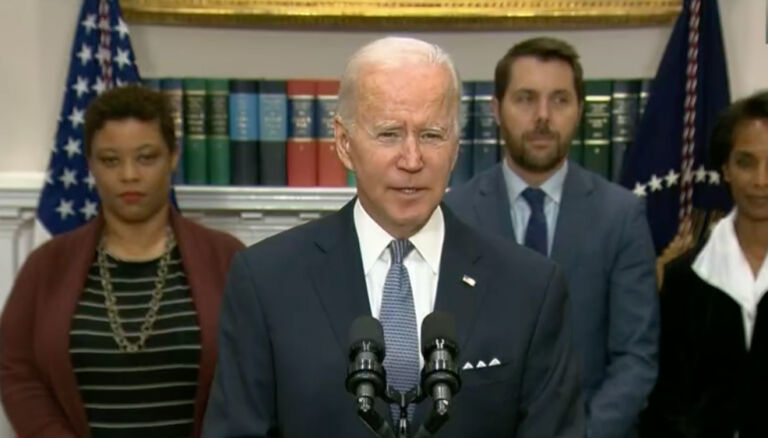In 2013, RTI International teamed with LaCapra Associates to report on "The Economic, Utility Portfolio, and Rate Impact of Clean Energy Development in North Carolina." Prepared for the North Carolina Sustainable Energy Association (NCSEA), the report made fantastic findings that North Carolina’s renewable energy portfolio standards (RPS) mandate and incentives for "clean energy" were making the state money hand over fist.
A note about word choice: fantastic can mean "conceived by an unrestrained imagination," "imaginary or groundless," "incredibly great or extreme," or "highly unrealistic or impractical." The top three antonyms for "fantastic" are balanced, believable, and credible.
RTI/LaCapra’s main findings were that state support of clean energy of an estimated $72 million from 2007 to 2012:
- created $1.4 billion in investment
- "created or retained" 21,163 "job-years"
The report was nonsense with big, impressive numbers, as a peer review of the RTI/LaCapra report by economists at the Beacon Hill Institute (BHI) at Suffolk University showed. BHI chastised the report for numerous shortcomings:
- Using "arbitrary calculation methodology"
- Assuming "with certainty that renewable energy will be cheaper in the future than traditional sources of energy"
- Hiding that its costs savings "will be the result of ‘energy efficiency,’ not renewable energy"; i.e., "by giving the impression that ‘not using energy’ counts towards ‘renewable energy,’ they claim renewable energy is cheaper"
BHI’s main criticism was that the report’s implied multiplier of the government spending ($72 million created $1.4 billion) was 19.3.
Put drily: a multiplier of that magnitude absolutely defies belief.
BHI points out that "the $72 million didn’t actually cause that much new spending. It transferred investment that would have taken place in other industries into green energy." RTI/LaCapra ignored the effects of that foregone investment and focused only on the post-transfer effect.
BHI called it "robbing Peter to pay Paul, and claiming the program increased total spending because now Paul spends more, but they ignore accounting for Peter."
RTI teamed with ScottMadden for the NCSEA to produce a "2015 Update" to its 2013 study. Other than "updat[ing] the economic impact results to include clean energy investments made in 2014," this study proclaims that "the data and analysis methodology are unchanged."
Keeping the discredited methodology and updating the numbers, RTI/ScottMadden found that state support of clean energy of an estimated $195.6 million from 2007 to 2014:
- created $3.5 billion in investment
- "supported" 44,549 "annual FTEs" (full-time-equivalent jobs)
The implied multiplier being used is now 17.75. It’s slightly less than 19.3, but still light-years beyond balanced, believable, and credible.
What’s wrong with thinking the industry returns $18 for every state dollar invested?
Since 2013, the renewable energy industry has grown more perilous. The industry has made it plain that their business model absolutely requires never-ending state and federal support: RPS mandates, tax credits, grants and financial aid, etc.
The industry also boasts of incredible returns to the state for those layers upon layers of incentives and support. The flaw in this double message is obvious and needs to be asked out loud:
If your industry is really that incredibly vibrant and powerful that you’re returning nearly $18 for every $1 invested, then why on earth do you need state aid?
Either the industry is vibrant and can attract investors on its own, or it needs all the state help it can get. Either way, it is sucking up limited public resources that could be put to use productively elsewhere.
The RTI reports relied on IMPLAN software to get its economic impact estimates. IMPLAN is proprietary software that doesn’t require an economist to use, and consequently it doesn’t have use for an economist’s respect for opportunity costs in so doing. It estimates "economic impact" from the point of the public money being transferred, as if the money materialized out of nowhere and could only be used for the recipient industry.
As I explained in Carolina Journal:
IMPLAN is the model of choice for special interests seeking public largesse. … A lobbying outfit with a vested interest in obtaining public dollars for a client would use a model such as IMPLAN to input an amount of public funding, then apply multipliers to simulate the effect of those dollars trickling through the economy. …
The multiplier is a Keynesian concept, but what a proper multiplier should be is a topic of serious debate among economists. If politicians replace private spending with public spending that’s just as effective, the multiplier would be one. Harvard economist Robert Barro said the more plausible assumption would be a multiplier closer to zero. On the Keynesian side, Obama economic advisor Christina Romer (who is responsible for the still eminently mockable stimulus predictions) puts it around 1.6, and Obamanomics apologist par excellence Paul Krugman puts it at 1.5.
Scott Lindall, one of the original developers of IMPLAN, told Twin Cities Business that, in general, "you don’t see output multipliers over about 1.3 to 1.8."
Even supporters of the concept wouldn’t go for a multiplier of 17.75.
So why should the General Assembly?
Click here for the Rights & Regulation Update archive.
You can unsubscribe to this and all future e-mails from the John Locke Foundation by clicking the "Manage Subscriptions" button at the top of this newsletter.


